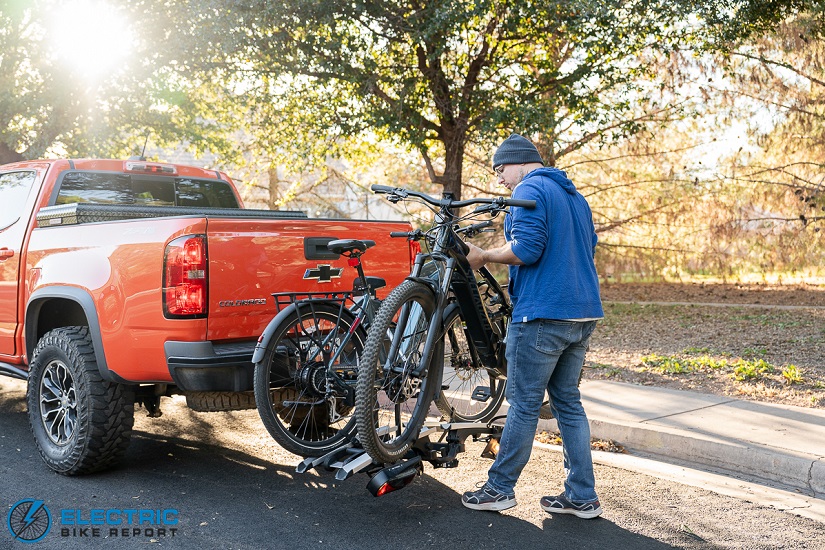One of the reasons we at Electric Bike Report wanted to review the Burley Coho XC trailer was that it will work with almost every kind of e-bike on the market. Whether someone plans to use it for deliveries, camping, hunting, fishing or general errands, this is a trailer that will allow an e-bike to expand its capabilities.
There are a number of features that made the Burley Coho XC trailer a standout among trailers. Let’s take a deeper look.





















